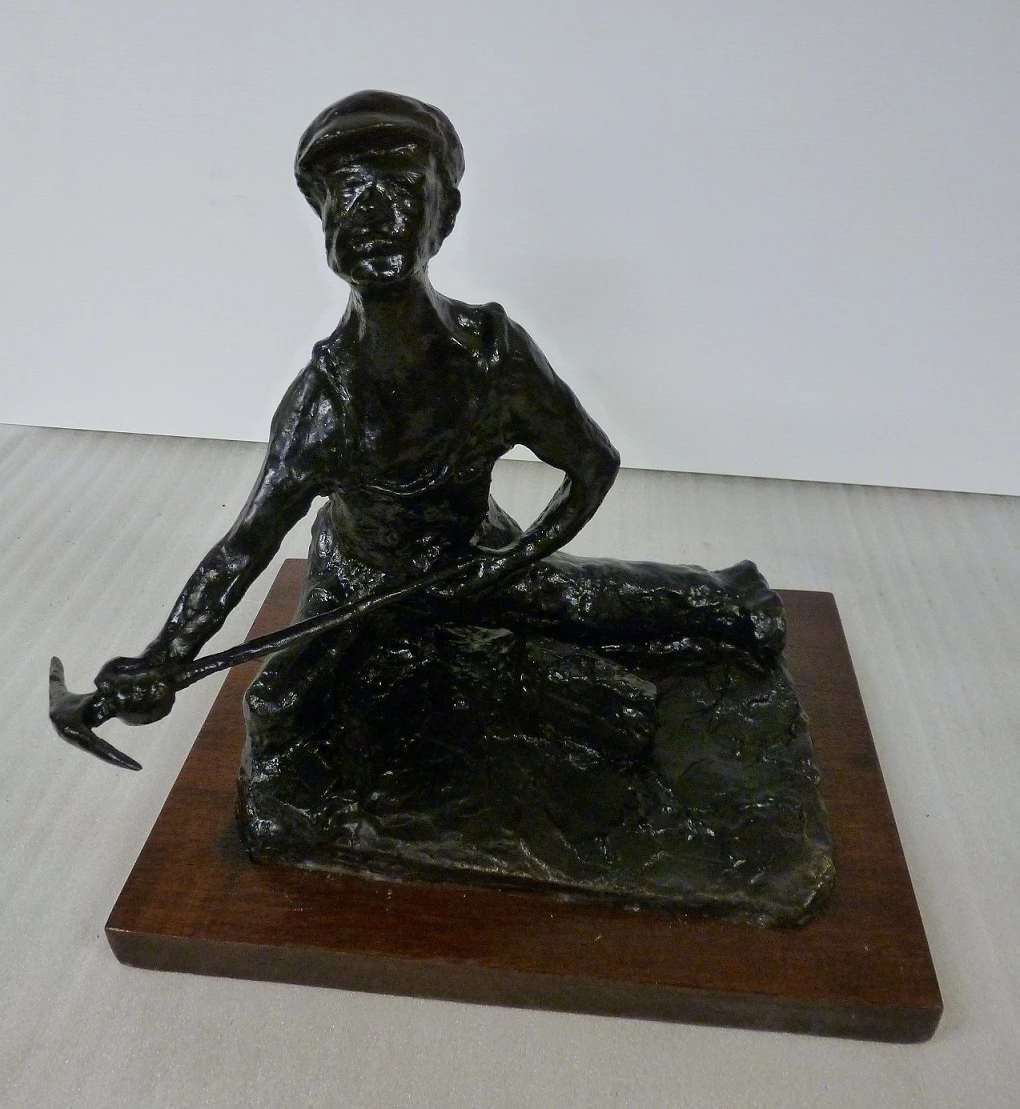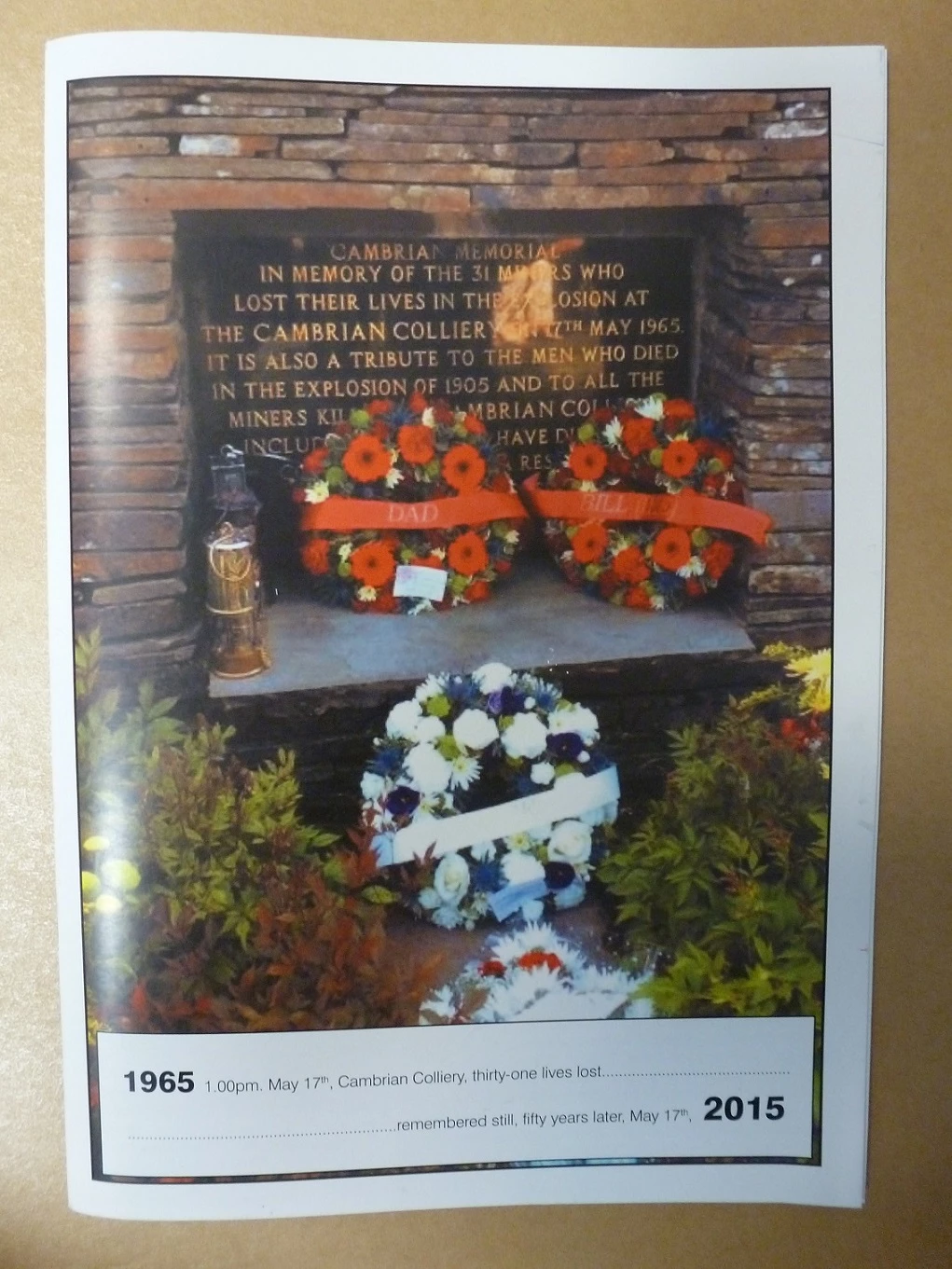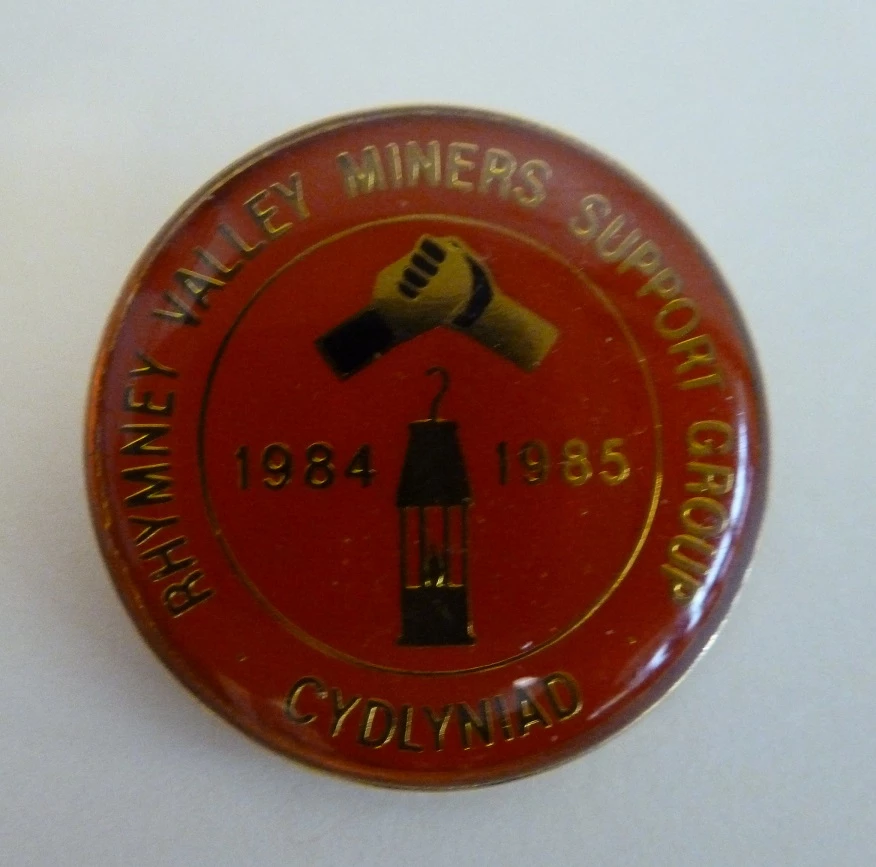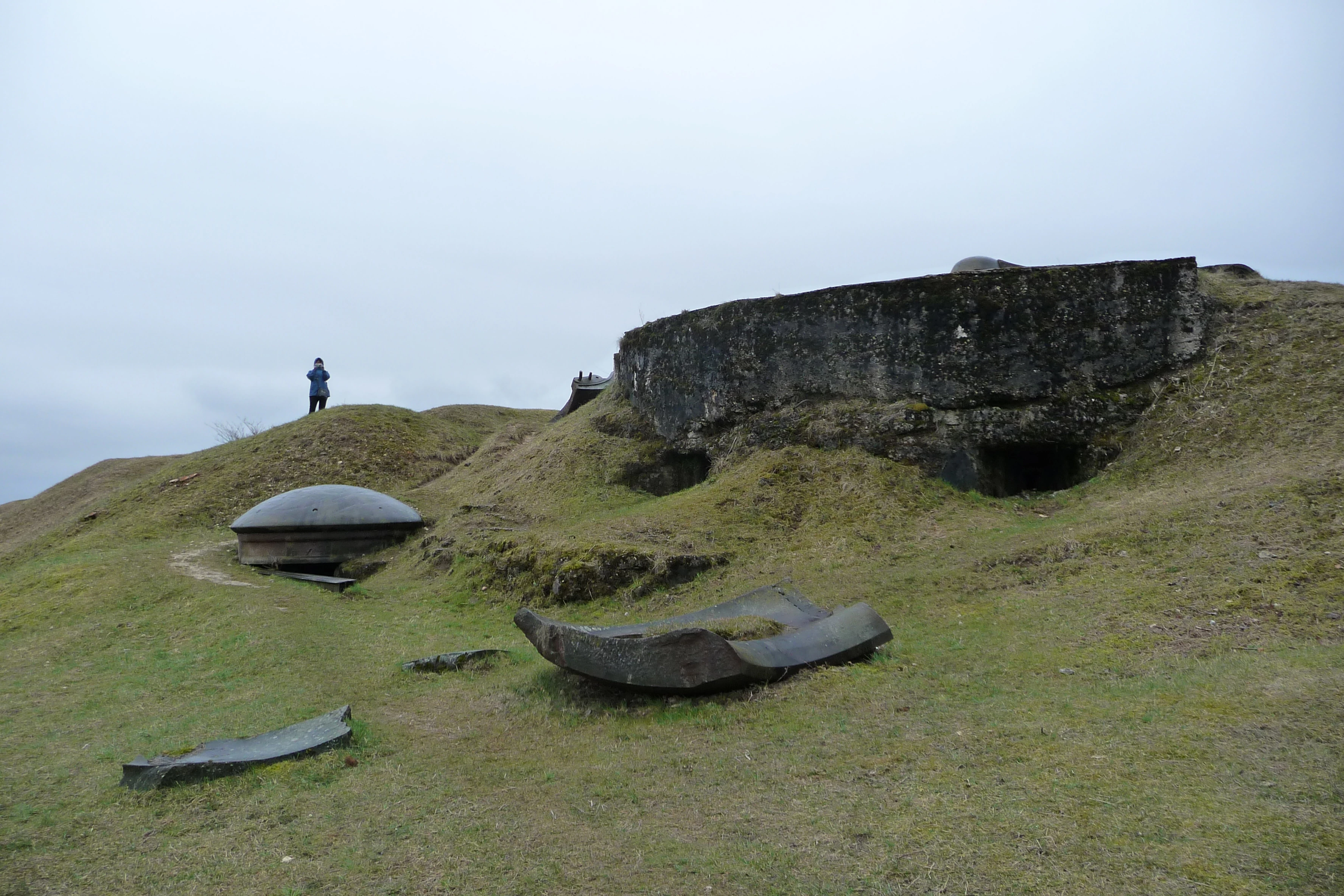National Meadows Day tomorrow!
, 3 Gorffennaf 2015
The first ever National Meadows Day is tomorrow, Saturday 4th July. You may have noticed National Museum Cardiff now has an Urban Meadow on the east side by the Reardon Smith Lecture Theatre. It gives us a fantastic new outdoor learning space where just a lawn used to be. Check out our programme of events based around the meadow in What's On.
Our Urban Meadow with the bee hives on the roof is a positive approach by the museum to increase pollinators within Cardiff and are funded entirely through landfill tax. Meadows on our other museum sites help pollinators throughout Wales. With a no dig, no chemical policy, as well as introducing plants and seeds from Flora Locale recommended suppliers, we are following sustainable principles.
Children have used the Urban Meadow to start investigating the natural world, children who may not otherwise have visited a museum. The next event is ‘Family Fun in the Meadow’ on Saturday 11th July: Help our OPAL scientist to survey the bug life in our urban meadow and learn to be a botanical illustrator. See the What’s On guide for further information
You can find further information and links to events for National Meadow Day on the Plantlife webpages
Also you can follow the Twitter hashtag: #magnificentmeadowsday
By Sally Whyman and Kath Slade






